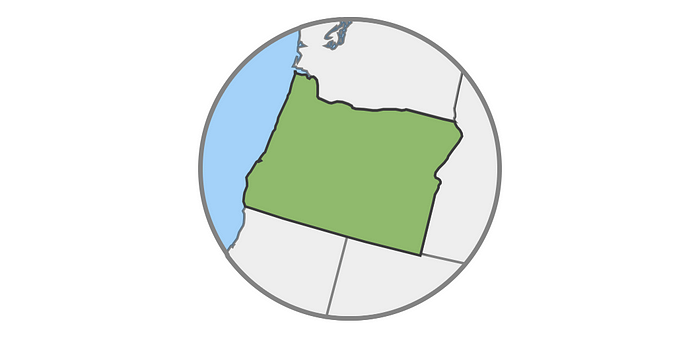This article was written and published by the UDL Center on May 11, 2023.
Throughout the month of May, CAST is partnering with the Office of Special Education & Rehabilitative Services (OSERS) and the Office of Educational Technology (OET) at the U.S. Department of Education to celebrate Global Accessibility Awareness Day (GAAD).
We’re excited to highlight how state and local agencies are creating educational systems to improve the accessibility of materials and technologies provided to all learners, including students with disabilities. Many of these strategies and initiatives can be replicated in your own state and district, and we’d love to hear more about your own plans for inclusion.
The National AEM Cohort consists of seven states that partner with the National Center on Accessible Educational Materials for Learning (AEM Center) at CAST. Together, we’re implementing evidence-based practices for building state and local systems for the timely provision and effective use of accessible materials and technology for all learners who need them.
Oregon’s High Expectations of Publishers

The Oregon AEM Cohort team includes representatives from agencies and organizations across the state, including the Oregon Department of Education, three school districts, the Oregon Technology Access Program, and the state’s parent information center.
The Oregon team is collaborating on the best way to build a system where accessibility is the number one priority for all learners when materials and technologies are being adopted. This includes the introduction of a new policy that will require publishers on the state’s approved instructional materials list to provide a third-party Accessibility Conformance Report (ACR) that includes manual verification that products are accessible for students who use AT.
This requirement means that publishers will have to go beyond automated testing tools and use human evaluation and feedback from AT users to verify the accessibility of digital products before they can be added to Oregon’s list of approved instructional materials. For examples of resources the Oregon team is using in the development of their policy, visit Communicating Digital Accessibility Requirements on the AEM Center website.
The Oregon team is preparing to gather feedback from a broad and diverse range of individuals at the state and local levels to ensure the policy and related guidelines will result in improvements in students receiving accessible materials in a timely manner.
Requiring publishers to meet high expectations is the first step taken by Oregon to implement best practices and standards for accessibility.
Belton School District Uses the AEM Pilot to Set Goals and Monitor Progress

Belton School District in Missouri is using a systematic approach to improve the accessibility of materials and technology provided to all learners.
During monthly meetings, the district’s accessibility team uses the AEM Pilot, a free online self-assessment and progress monitoring tool, to guide the conversation. The AEM Pilot is based on Quality Indicators, which prove crucial in helping the team set goals and evaluate their progress over time. By using the exemplars and guiding questions provided in the AEM Pilot, everyone gets an opportunity to contribute their insights and ideas, ensuring the meetings are inclusive, efficient, and centered on continuous improvement.

Embracing the Quality Indicators for the Provision of Accessible Educational Materials and Technologies through the AEM Pilot has been transformative for the Belton team, enabling them to champion inclusivity and accelerate advancements in accessibility.
For example, with the help of the Quality Indicators and the AEM Pilot, the team developed accessibility guidelines to update the Belton School District Handbook.
The Power of Collaboration
The National AEM Cohort is a model of collaboration and innovation that demonstrates the power of accessible educational materials and technologies to transform learning for all students. By sharing their experiences, challenges, and successes, the cohort members inspire and support each other and the broader education community to advance accessibility and equitable education. We are proud to partner with these state and local agencies and celebrate their achievements during Teacher Appreciation Week and throughout the month of May as we celebrate Global Accessibility Awareness Day.
To find out more about the AEM Center, visit aem.cast.org.